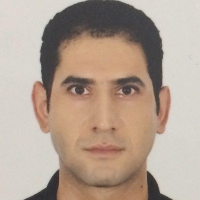The New Arrangement of the Criminal Bodies on the Eve of the Constitutional Revolution in Iran: A Semiotic Study
The introduction of photographic technology in Iran coincided with the reign of Mohammad Shah Qajar. Through his patronage and with the subsequent support of Naser- o-Din Shah, a substantial archive of images were produced, not only by him but also by other photographers operating under his auspices. The evolution of Iranian photography is intricately linked to the themes favored by Naser- o-Din Shah and his contemporaries. The selection of photographic subjects was not merely a reflection of the king's personal interests and pastime; it was profoundly influenced by the prevailing social conditions and ongoing developments of that era. The advent of this novel medium of image documentation, which was previously achievable only through painting, corresponded with significant societal shifts within Iran. One notable transformation was witnessed in the realm of penal practices and the portrayal of criminals. The surviving photographs from this period reveal that the perception of a prisoner or an offender fundamentally underwent a different form of representation, ushering in a departure from the preceding norm. The depiction of prisoners assumed a pivotal role alongside other subjects like women and courtiers, demonstrating a departure from the brute force often associated with rulers. This photographic record falls in close proximity to the Iranian Constitutional Revolution and the broader transformations it instigated. While alterations in penal practices are commonly attributed to post-revolutionary reforms, these images substantiate that the seeds of change were sown during the era of Naser-[1] o-Din Shah and persisted beyond his reign. This article endeavors to elucidate the novel representations of the criminal body in the years preceding the constitutional revolution, employing semiotic analysis as a methodological framework to decode the imagery of prisoners and how is this even conceivable.
-
Going Beyond Conventional Psychohistory to Study Cultural History
Mehdi Nourian, *
Cultural History Studies, -
The appearance of everyday life events in photographs from the Qajar era
A. Heydari *, S. Erfani
Journal of Iran Cultural Research,



